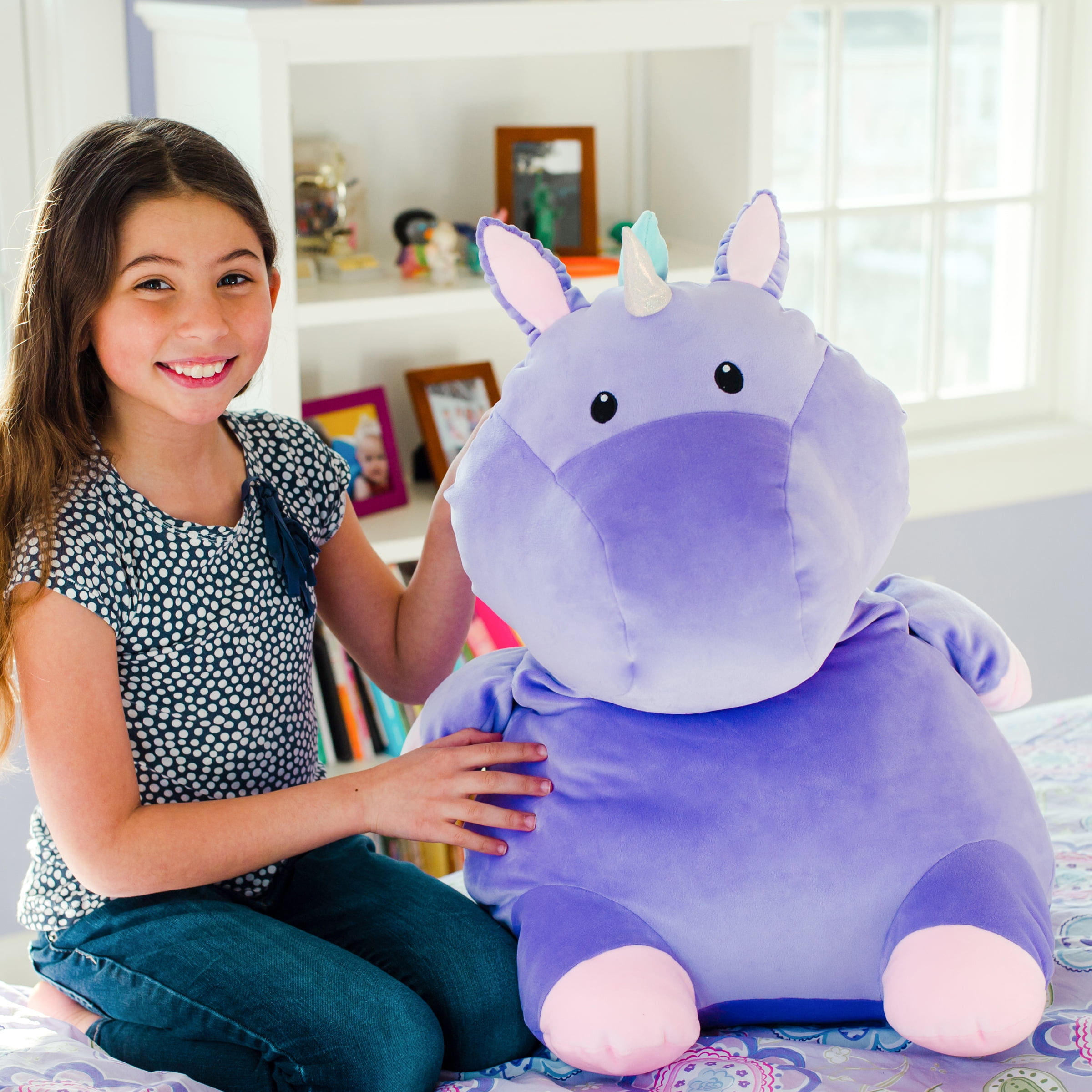The History and Science of Plush Toys

The Reasons Why We Love Plush Toys
There will be a teddy bear. Push back against the luxurious tide and it crashes, all fur and baleful plastic eyes, in the living space regardless.
This was an act of sentimentality, however it was also a practical psychological procedure. Teddy bears can be meaningfully practical. Some teddy bears are just tchotchkes.
However there are answers. The human-bear bond may be inexpressible, but the dynamic is relatively well comprehended. Studies have actually shown that the modern-day teddy bear is possibly actively and perhaps through a quasi-evolutionary sort of choice engineered to have the precise facial functions and measurements that the human brain yearns to cuddle.
Advantages Of Plush Toys
And researchers think that some children end up being so connected to their optimized teddies that they connect individual, life-like significance to the inanimate things. Softness is key. One large, robust study found that a person in three kids expressed accessory to an inanimate object, but that just 7 percent of these kids were fascinated with a difficult toy such as an action figure (sorry Woody and Buzz).
Stephen J. Gould presumed regarding declare that, as Disney's early and mischievous Mickey Mouse evolved into its lovable modern-day form, Mickey's face progressed accordingly. Historically, teddy bears have strolled the same hallowed ground. Click for info of the 2012 paper note that one of the first teddy bears from 1903 derived from a photo of President Teddy Roosevelt with a brown bear had a low forehead and a long snout.
"Animation characters do likewise, and those animals usually chosen as pets tend likewise to have them."Cuddling teddy bears "evokes a sense of peace, security and comfort," psychologist Corrine Sweet said in a 2010 news release (for a Travelodge study, of all things). "It's human nature to yearn for these feelings from childhood to adult life." anirollz mountain view ca of how packed animals please our psychological requirements even as adults appeared in Social Psychology and Personality Science in 2011.
The Plush Toys Autopsy
Others received more generous assessments. Then, the scientists asked each individual whether she or he wanted to share money with a pal, and whether she or he would have an interest in getting involved in future research studies. Naturally, those who received unfavorable feedback felt less charitable. They weren't extremely thinking about taking part in future research studies, and not especially good about sharing money.
And they were considerably most likely than anyone else to engage in prosocial behaviors later."There is no urgent need for myself to have the cash and it is constantly comforting to be pleasantly amazed by others, even if it's from a stranger. So I simply hope the cash can be helpful for the individual who receives it," one participant (who, recall, had been told by researchers that she 'd probably pass away alone) gushed after time with her teddy.

Kids on the full-day track were substantially more likely to tote transitional teddy bears.
